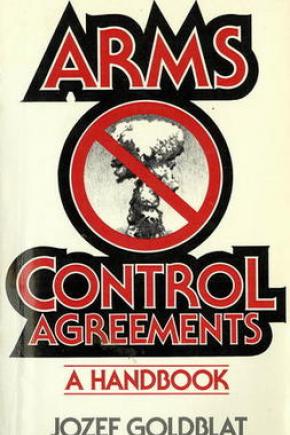Arms Control Agreements: A Handbook
Increased awareness of the destructive capabilities of modern weaponry has pointed out the need for mobilizing world public opinion on behalf of peace and disarmament.
Arms Control Agreements helps bring about such mobilization by providing a well-informed historical overview, insightful analysis, and searching critique of arms control agreements and negotiations from the Hague Declaration of 1899 to the SALT Treaties and Conventions of the 1970s and 1980s.
The texts of more than 50 arms control agreements of international importance and historical merit are reproduced, and the status of the implementation of these pacts is presented in tabular form for convenient reference. Jozef Goldblat then assesses the extent to which each of these agreements has affected the arms race, reduced the likelihood of war, or otherwise contributed to the overall goal of world-wide disarmament.
1. Pre-World War II efforts towards multilateral control of arms
2. Early United Nations arms control activities
3. A review of the obligations in the arms control agreements
4. Verification and enforcement of arms control obligations
5. Arms control agreements: The texts and parties
6. Status of the implementation of the major multilateral arms control agreements, as of 1 October 1981
7. The arms control machinery
8. Summary and conclusions
Appendix A. Glossary
Appendix B. Index to the SALT II agreements
Appendix C. Bibliograph

